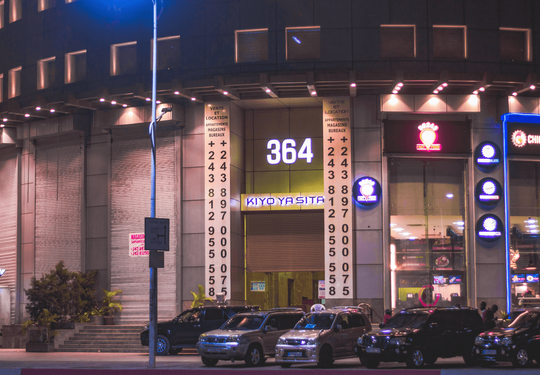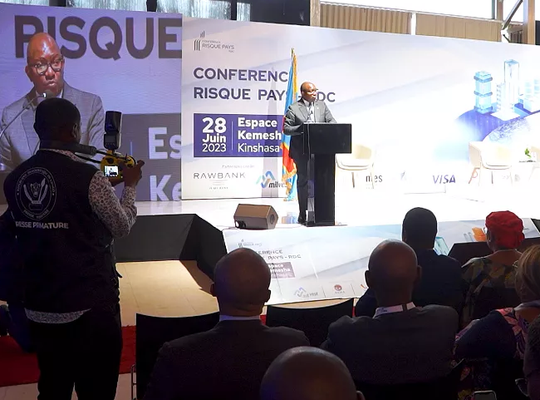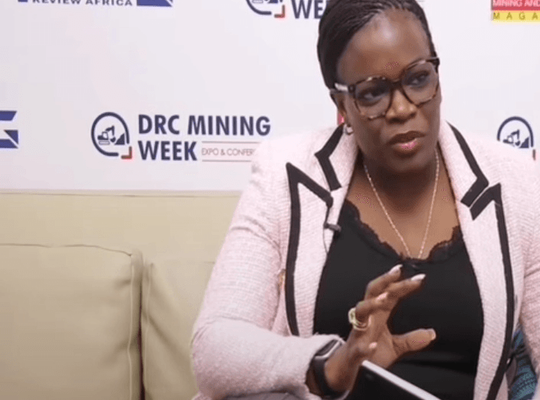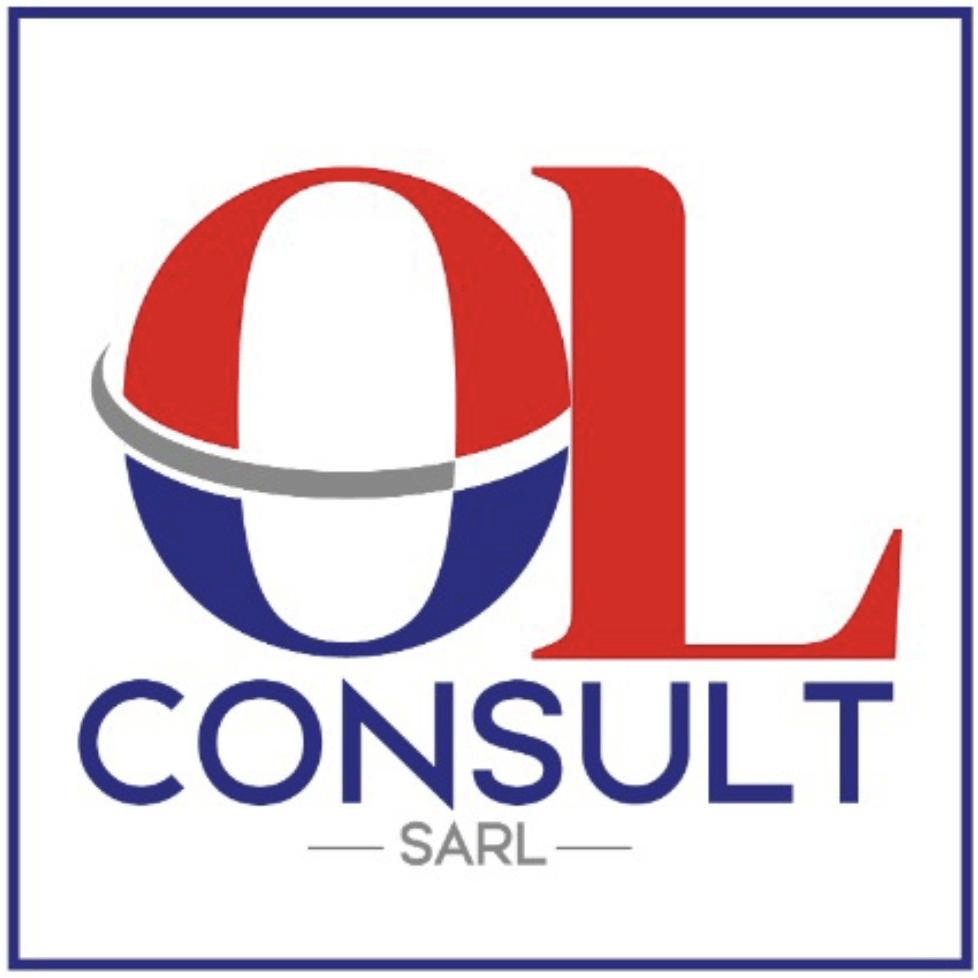Democratic Republic of Congo Economic Outlook
By:
Lysette NGALULA
On
10/01/2023Reading time:
0 min
Summary:
Recent macroeconomic and financial developments
Real GDP grew 8.5% in 2022, up from 6.2% in 2021, thanks to momentum in the extractive sector (which grew 20.8%) and recovery in the nonextractive sector (which grew 3.2%), driven by services despite a deteriorating security situation in the east of the country. Economic growth was driven on the demand side by robust exports (which grew 23.8%) and investment (which grew 18.6%), despite a global energy crisis. Inflation reached 9.1% in 2022 due to high food and imported energy prices.

Kinshasa
Recent macroeconomic and financial developments
Real GDP grew 8.5% in 2022, up from 6.2% in 2021, thanks to momentum in the extractive sector (which grew 20.8%) and recovery in the nonextractive sector (which grew 3.2%), driven by services despite a deteriorating security situation in the east of the country. Economic growth was driven on the demand side by robust exports (which grew 23.8%) and investment (which grew 18.6%), despite a global energy crisis. Inflation reached 9.1% in 2022 due to high food and imported energy prices. The budget deficit widened to 2.8% of GDP in 2022 from 0.9% in 2021 due to exceptional spending (security, elections) and despite the exceptional increase in revenue and aid, which rose to 17.2% of GDP from 13.7% in 2021.
The risk of overindebtedness remains moderate despite a 1 percentage point increase in public debt from 2021 to 2022, to 24.7% of GDP. To mobilize local savings and finance the economy, the African Development Bank is supporting the country in developing financial markets and local currency bonds. The Central Bank of the Congo is also supporting this initiative, which is compatible with its monetary policy goals. Despite the increase in the prime rate from 7.5% in January 2022 to 8.25% in November 2022, credit to the private sector more than doubled from 17.8% in 2021 to 39.6% in 2022 due to economic dynamism. International reserves rose 54%, to 1.7 months of import cover, in 2022, due to increased mining exports. But the current account deficit widened from 1% of GDP in 2021 to 6.4% in 2022. Income poverty was estimated at 56.2% in 2020.
Outlook and risks
Real GDP is projected to grow 8% in 2023 and 7.2% in 2024, driven by the extractive sector, which is expected to grow at least 12% between 2023 and 2024. Priority investment by the agricultural transformation program could boost growth even further. Inflation is projected to rise to 13.2% in 2023 before falling to 6.5% in 2024, below the central bank’s 7% target. To fight inflation, the bank is expected to adopt a restrictive monetary policy in 2023. The budget deficit is projected to narrow to 2.6% of GDP in 2023 and 2.2% in 2024, with average debt stabilizing at 24.1% of GDP between 2023 and 2024. The current account deficit is projected to narrow to 4% of GDP on average between 2023 and 2024. The extractive sector has the potential to boost climate finance, and foreign exchange reserves could reach $6.4 billion (1.9 months of import cover) on average over 2023–24. Possible headwinds include uncertainties linked to Russia’s invasion of Ukraine, a drop in raw materials prices, high imported inflation, and insecurity in the east of the country.
Climate change issues and policy options
The private sector accounted for only 1.9% of the $424 million in climate finance between 2019 and 2020. Overall finance has been earmarked for infrastructure (24%) and agriculture (13%) and has benefited adaptation (66%), mitigation (25%), and various other goals (9%). The National Adaptation to Climate Change Plan (2022–2026) calls for developing public–private partnerships to mobilize private finance. The experience of the World Wide Fund for Nature in the Democratic Republic of Congo with the carbon market is imperfect and has yielded $1.3 million to the North Kivu province. The estimated cost of adaptation and mitigation through 2030 is $48.7 billion, but government revenue was only $11.7 billion in 2022. The estimated finance needed to sustain green growth for 2021–30 totals $66.0 billion, or $7 billion a year, leaving a climate finance deficit of $6.2 billion a year. The mining sector, which dominates the economy (accounting for 98.9% of exports), could finance this deficit. Good governance is a priority for exploiting natural capital (wood, copper, cobalt, oil, gas, water resources, and the like) to fulfill ecological, economic, social, and cultural goals.
Natural capital per capita fell more than 5% between 1995 and 2018. Meanwhile, the African Development Bank has mobilized a $2 million multinational, climate finance project.


Investors praise DR Congo's improved business climate
Lysette NGALULA
25.10.2023
A study conducted by a pan-African rating agency known as Bloomfield showed that the DRC has improved its business climate.

Mining industry opens up to technological solutions
Lysette NGALULA
27.06.2023
Telecom giant Vodacom is introducing innovative solutions to enhance mining operations in the Democratic Republic of Congo (DRC).
